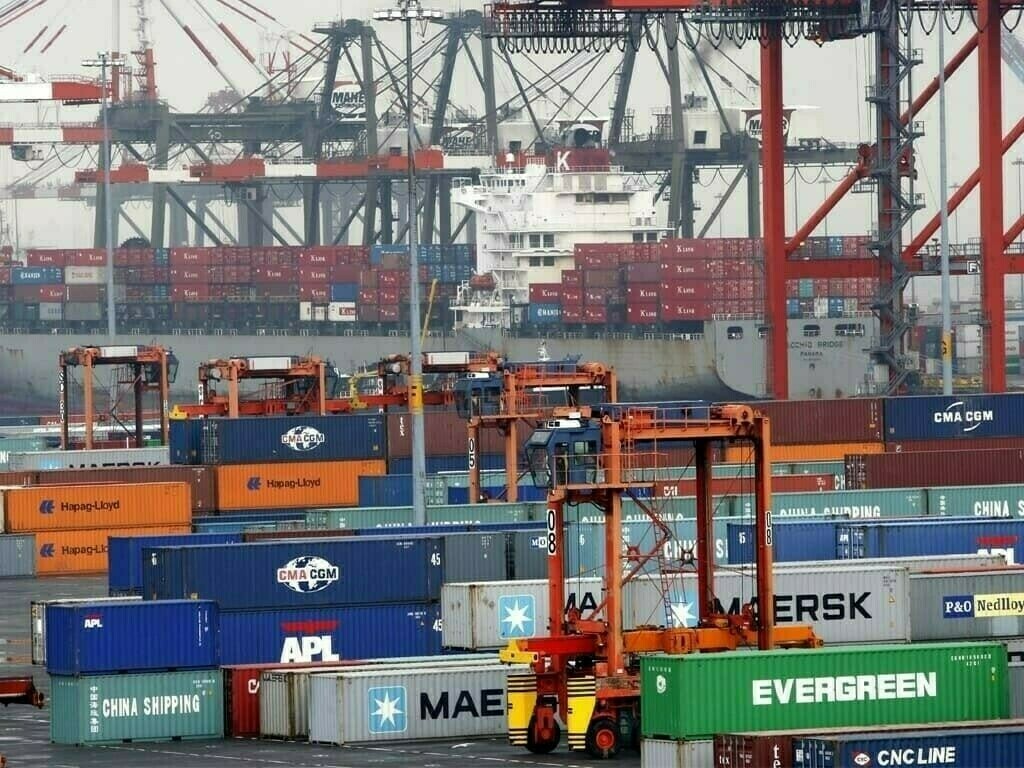PTBP Web Desk
The Pakistan Stock Exchange (PSX) experienced a volatile session on Tuesday, with the benchmark KSE-100 Index plunging over 1,700 points. After briefly crossing the historic 117,000 mark during intra-day trading, the index settled at 114,430.37 by 2:50 pm, reflecting a sharp decrease of 1,739.04 points or 1.50%.
This sharp decline followed the announcement by the State Bank of Pakistan’s (SBP) Monetary Policy Committee (MPC) to reduce the key policy rate by 200 basis points to 13%.
The market saw broad-based selling across several key sectors. Oil and gas exploration companies, oil marketing companies (OMCs), power generation firms, fertilizers, cement, chemical, and automobile assemblers all recorded declines. Index-heavy energy stocks like Mari Petroleum (MARI), Oil and Gas Development Company (OGDC), Pakistan Petroleum Limited (PPL), and Pakistan State Oil (PSO) traded in the red.
In contrast, commercial banks remained a bright spot in the session. Stocks such as Habib Bank Limited (HBL), MCB Bank (MCB), Meezan Bank (MEBL), United Bank Limited (UBL), and National Bank of Pakistan (NBP) traded in the green, offering some resilience to the index.
The MPC decision to cut the policy rate marked the fifth consecutive reduction since June 2024, when the rate stood at 22%. The central bank justified the move by citing a sharp decline in headline inflation, which fell to 4.9% year-on-year in November 2024.
The MPC statement noted, “This deceleration was mainly driven by the continued decline in food inflation as well as the phasing out of the impact of the hike in gas tariffs in November 2023.”
However, core inflation remains a challenge, standing at 9.7%. The committee highlighted its concerns about the volatility of inflation expectations among consumers and businesses, signaling that near-term inflation may continue to fluctuate before stabilizing.
Despite these developments, the market had already priced in the 200bps cut, and the absence of any surprises in the MPC’s announcement added to selling pressure.
On Monday, the KSE-100 Index achieved a historic milestone, closing above the 116,000 mark for the first time. The session ended with a gain of nearly 1,900 points or 1.7%. However, the optimism was short-lived as Tuesday’s session erased these gains and more, underscoring the volatility of the market.
Market analysts believe that investors took profits following the index’s historic surge, while others reacted to uncertainty about the long-term economic implications of the policy rate cut.
The PSX’s performance came against the backdrop of mixed activity in global markets. Asian stocks edged higher, with the MSCI’s broadest index of Asia-Pacific shares outside Japan rising by 0.18%.
Major indices such as Australia’s market index increased by 0.75%, Japan’s Nikkei gained 0.26%, and Taiwan’s tech-heavy index rose by 0.5%. These gains were supported by expectations of central bank meetings later in the week.
Traders anticipated a rate cut by the US Federal Reserve, while the Bank of Japan was expected to maintain its current stance.
Bitcoin, the largest cryptocurrency by market capitalization, continued to hover near its all-time high of $107,821, which it had reached on Monday.
The sharp correction in the PSX highlights the fragility of investor sentiment amid mixed economic signals. While the reduction in the policy rate is a positive move for businesses seeking lower borrowing costs, concerns about inflation, currency stability, and global market trends continue to influence trading activity.
With the policy rate now at 13%, analysts predict that the PSX may remain volatile in the short term as investors adjust to the new monetary environment. Furthermore, sector-specific challenges, especially in energy and manufacturing, will likely weigh on market performance unless there is a significant improvement in the macroeconomic landscape.
The resilience of banking stocks suggests that financial institutions may benefit from improved credit demand in the coming months. However, sustained growth in the broader market will depend on factors such as fiscal reforms, external trade stability, and inflation management.




